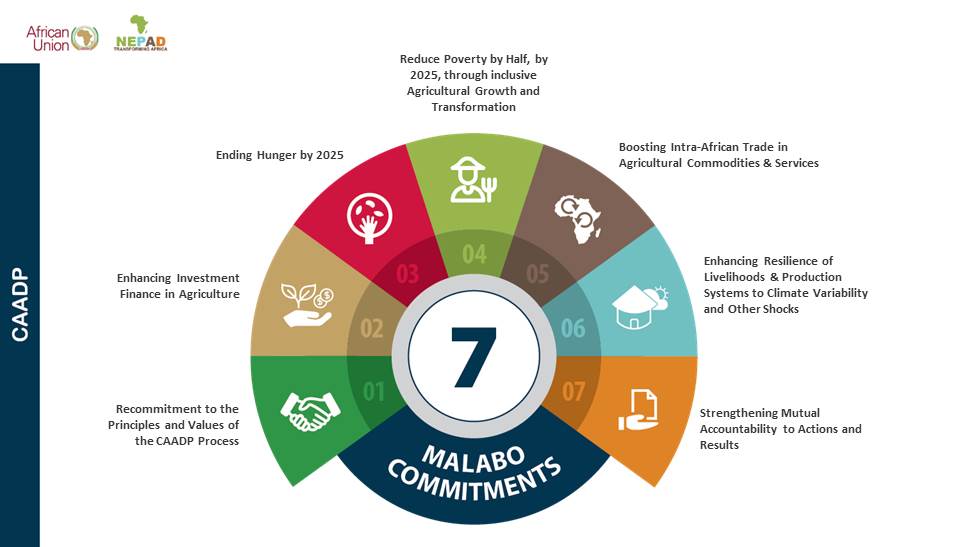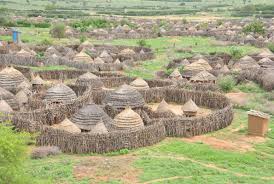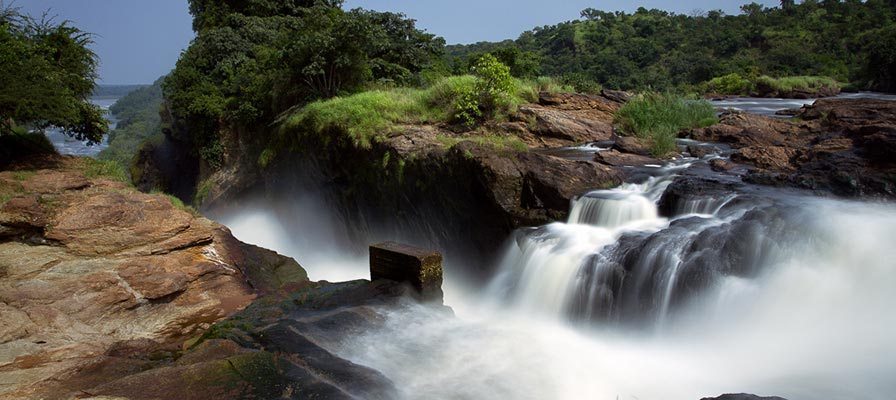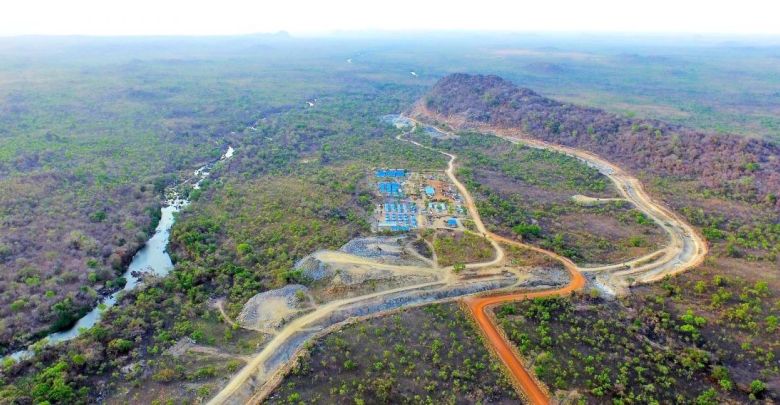By Regina Kayoyo
On February 10th 2020 H.E Abiy Ahmed Ali, Ethiopian Prime Minister and AU Leader of the Comprehensive Africa Agriculture Development Programme (CAADP), presented the second Biennial Review Report 2019 to the AU Assembly of Heads of State and Government detailing Africa’s agricultural implementation status of the June 2014 Malabo Declaration on Accelerated Agriculture Growth and Transformation for shared prosperity and improved livelihoods.
This report follows the first BR report that was adopted by African Heads of State and Governments in January 2018. The Inaugural Biennial Review Report showed that 20 out of 47 countries that reported were on-track towards achieving the goals and targets in the Malabo Declaration by 2025. This Second Biennial Review Report builds on the efforts of the first round and tracks the performance of countries on each of the 47 indicators (four more than in the inaugural report) that shows the performance of the continent towards a fully transformed agricultural sector.
The Malabo Declaration provides the direction for Africa’s agriculture transformation for the period 2015 – 2025, within the Framework of the Comprehensive Africa Agriculture Development Programme (CAADP). In the Malabo Declaration, AU Member States committed to report on a biennial basis, the progress in achieving the 7 commitments of the Declaration which were translated into seven thematic areas of performance: Re-committing to the principles and values of the CAADP process; Enhancing investment finance in agriculture; Ending Hunger in Africa by 2025; Reducing poverty at least by half, by 2025, through inclusive agricultural growth and transformation; Boosting intra-African trade in agricultural commodities and services; Enhancing resilience of livelihoods and production systems to climate variability and other related risks; and Strengthening mutual accountability to actions and results.
Consistent with the inaugural report, a total of forty-nine (49) AU Member States, compared with 47 Member States in the inaugural report, have reported on progress during this second cycle of the biennial review process and out of these, 36 Member States registered positive progress compared with their scores in 2017. This reflects efforts by the Member States to address the shortfalls revealed in the inaugural report. However, only 4 Member States obtained or surpassed the minimum score of 6.66 required to be on-track for this round compared with a minimum score of 3.94 for the previous reporting period. While this number is significantly less than the 20 Member States that were on-track in 2017 during the inaugural biennial review cycle, it is cardinal to note that 36 countries have made significant improvement in their score from the 1st BR to the 2nd BR.
In the Eastern Africa region which included 12 countries namely: Burundi, Comoros, Djibouti, Eritrea, Ethiopia, Kenya, Rwanda, Somalia, Sudan, South Sudan, Tanzania and Uganda. Only 8 countries namely Burundi, Djibouti, Ethiopia, Kenya, Rwanda, Sudan, Tanzania, and Uganda, submitted their national BR reports. Strikingly, only one of these countries (Rwanda) is on-track in meeting the 2019 Malabo commitments. It is therefore not surprising that the region as a whole with an average score of 4.00 is not on-track.
According to the report, the region needs to pay critical attention to all commitment areas if it is to meet the Malabo Declaration targets by 2025. Specifically, the region needs to pay particular attention to the re-commitment to CAADP process, enhancing investment finance in agriculture, ending hunger by 2025, halving poverty through agriculture by 2025, and enhancing mutual accountability for actions and results as none of the performance categories related to these commitment areas are on-track. Additionally, countries in the region need to increase resources to improve data systems to adequately report on all CAADP/Malabo indicators. Notwithstanding, it is worth mentioning that the region has done well in improving policies and institutional conditions to boost intra-African trade and promoting initiatives of building resilience of production systems to climate change.
The results of the 2nd Biennial Review report indicate that the continent as a whole is not-on-track to meet the goals and targets of the Malabo declaration by 2025, but positive progress is being made. Several Member States were unable to report on some indicators because they did not have the data in their national agricultural systems. For example, only nineteen (19) and twenty-two (22) Member States were able to report on reduction of post-harvest losses, and the proportion of women that empowered in agriculture, respectively, yet these issues are key components in the Malabo Declaration.
This report strongly urged AU Member States to design, fund and implement carefully selected priority programs and projects to fast-track the achievement of the Seven Malabo commitments. In this regard, Member States should intensify efforts to develop and implement Malabo-compliant high-quality NAIPs.








